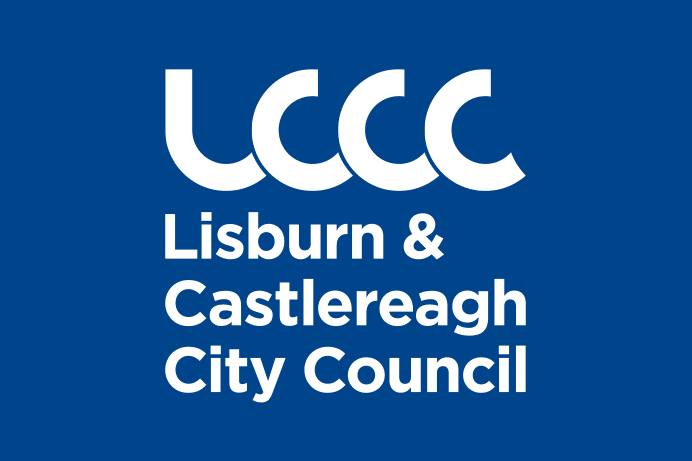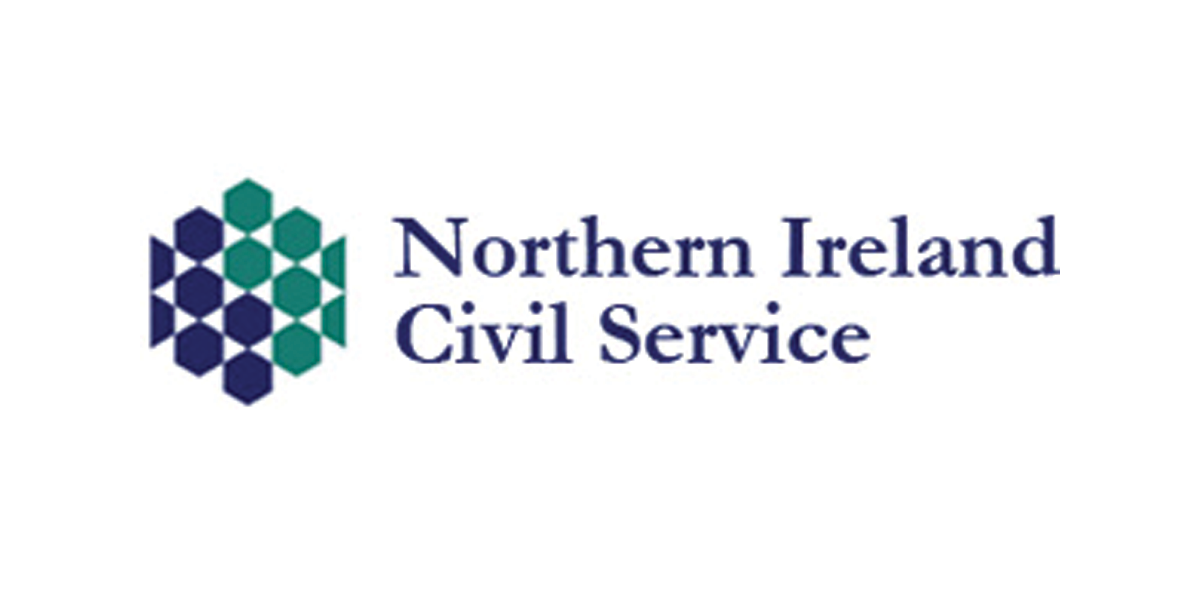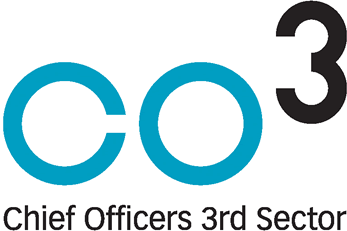How Does Psychological Safety Grow High Performing Teams?
Quality conversations at work are the heartbeat of a thriving organisation. And psychological safety is the key to open conversations that help everyone to grow and the organisation to innovate. In this blog, I’d like to explore how psychological safety acts as a catalyst for high performing teams and give you ideas to help you develop psychogical safety in your own team.
Coined by Harvard Business School professor Amy Edmondson, psychological safety refers to a shared belief within a team that the environment is safe for interpersonal risk-taking. In simpler terms, it’s a culture where team members feel free to express themselves, voice their opinions, and take risks without fear of reprisal. Think of it as a safety net that allows individuals to step outside their comfort zone, offer new ideas, ask questions, and admit when they don’t have all the answers – all without the fear of judgement or punishment.
Why is Psychological Safety Important?
Diversity of thought is a powerful tool for innovation, growth and trust, yet is one of the most difficult attributes of a team to measure. Creating a culture of psychological safety makes sure that your organisations harnesses the power of thought diversity for positive impact.
A Foundation of Trust. Picture a workplace where everyone feels heard and valued. That’s the power of psychological safety. It lays the groundwork for a culture built on trust, creating an environment conducive to growth and innovation. When individuals feel safe expressing their thoughts and concerns, teams are more resilient and adaptable to change. It’s the glue that binds team members together, creating a shared purpose and vision.
Fostering Innovation and Creativity. Organisations are innovating continuously. New markets, new ways of doing things, new systems and new business models. Psychological safety fuels both creativity and acceptance of change. It encourages team members to share unconventional ideas, fostering an environment where innovation becomes second nature. Amy Edmondson’s research has shown that teams with high psychological safety are more likely to experiment with new approaches, leading to groundbreaking solutions.
How Does Psychological Safety Impact Your Team?
- Open Communication Channels
Imagine a workplace where communication flows freely. In a psychologically safe environment, team members feel comfortable expressing their ideas and concerns. Open communication becomes the norm, eliminating barriers that hinder the exchange of valuable information.
Example: During a team meeting, an employee suggests a different approach to a project. Most people prefer the old way of doing things. They listen to their colleague and an open discussion follows, yielding a compromise.
- Increased Innovation
Innovation thrives in environments where diverse ideas are welcomed. Psychological safety encourages team members to share their unique perspectives, fostering a culture of innovation.
Example: In a psychologically safe team, a junior member feels confident enough to propose a new process that significantly streamlines workflow, ultimately improving efficiency and reducing costs.
- Enhanced Problem-Solving
Tackling challenges head-on requires a collaborative approach. Teams with psychological safety are more adept at engaging in open, constructive discussions, leading to effective problem-solving.
Example: When faced with a project setback, team members openly discuss the issues, contributing different viewpoints. The result is a well-rounded solution that addresses the root cause.
- Employee Empowerment
Psychological safety empowers employees to take ownership of their work. When team members feel their contributions are valued, they become more engaged, leading to increased productivity.
Example: An employee, feeling psychologically safe, takes the initiative to lead a project. This autonomy fosters a sense of responsibility and commitment, developing a more rounded skillset in the team.
- Higher Employee Retention
A workplace that prioritises psychological safety is likely to retain its talent. Employees are more likely to stay in an environment where they feel heard, valued, and supported.
Example: A company with a reputation for fostering psychological safety experiences lower turnover rates, saving recruitment costs and retaining institutional knowledge.
Turning Ideas into Action
Understanding the significance of psychological safety is just the beginning. To truly harness its power, organisations must actively cultivate an environment that nurtures openness, trust, and collaboration. Here are some actionable ideas to transform your workplace into a haven of psychological safety:
- Lead by Example:
Action: Leadership sets the tone. Demonstrate vulnerability and openness as a leader, showcasing that it’s okay not to have all the answers.
Impact: Team members are more likely to follow suit when they see leadership embracing vulnerability. - Tune in and Listen:
Action: Actively encourage team members to share their thoughts and ideas. Recognise and reward instances of open communication. Validate people’s concerns.
Impact: A culture of open communication enhances transparency and contributes to continuous improvement. - Give Feedback:
Action: Foster a feedback culture. Regularly provide constructive feedback and create opportunities for team members to share their insights.
Impact: Regular feedback enhances transparency and contributes to continuous improvement. - Facilitate Team-building Activities:
Action: Organise team-building activities that encourage collaboration and build camaraderie.
Impact: Team members forge stronger connections, making it easier to express themselves in a supportive environment. - Invest in Training:
Action: Provide development opportunities for communication skills, emotional intelligence, and conflict resolution.
Impact: Improved interpersonal skills contribute to a more positive and supportive team dynamic. - Acknowledge and Learn from Mistakes:
Action: Acknowledge mistakes openly and discuss the lessons learned.
Impact: Team members feel safer taking calculated risks, knowing that mistakes are viewed as opportunities for growth.
Incorporating these ideas into your workplace can be a catalyst for creating and sustaining psychological safety. By actively fostering an environment where team members feel valued, heard, and supported, you lay the groundwork for a high-performing team that thrives on collaboration and innovation.
If you’re curious about your own leadership style and how you’re contributing to a culture of psychological safety in your team, then take our listening leader scorecard quiz. You might find out something new!
If you've enjoyed reading about Communication Skills then you might be interested in attending a course.











































